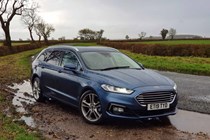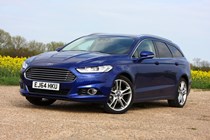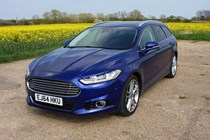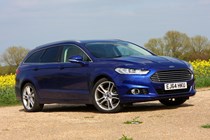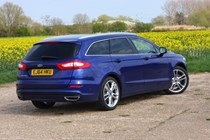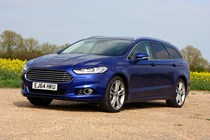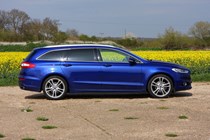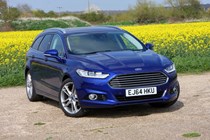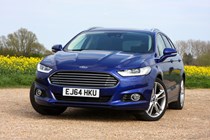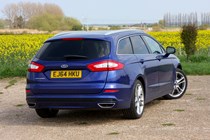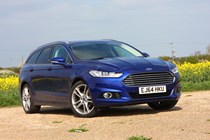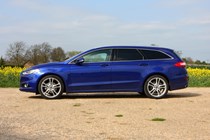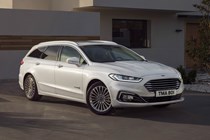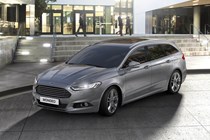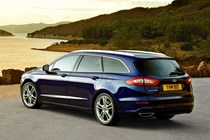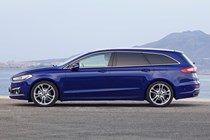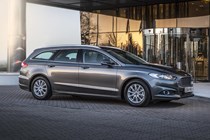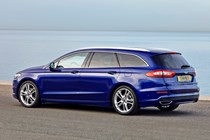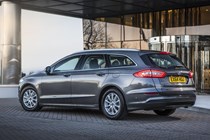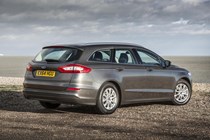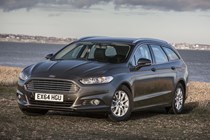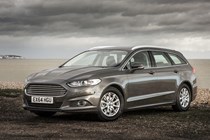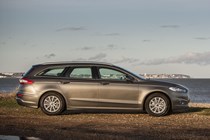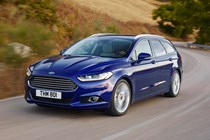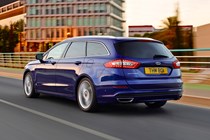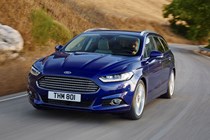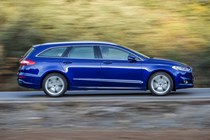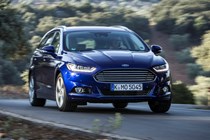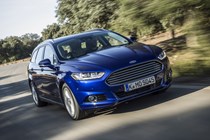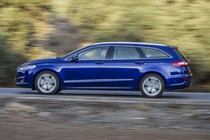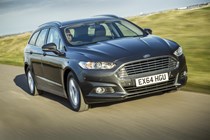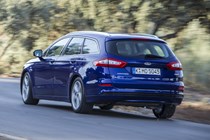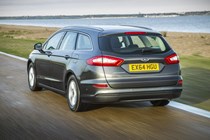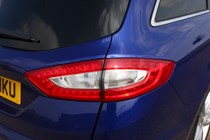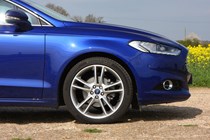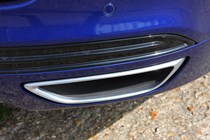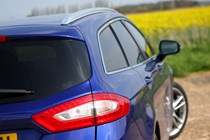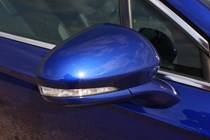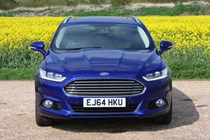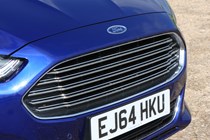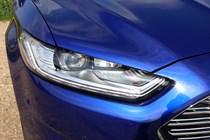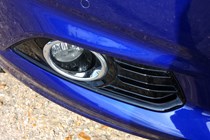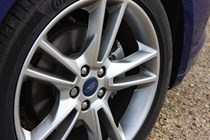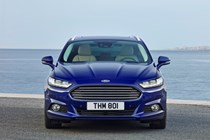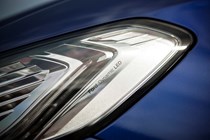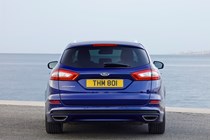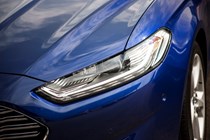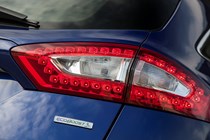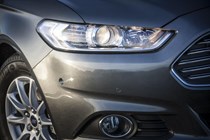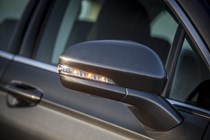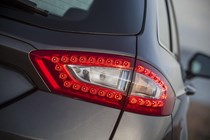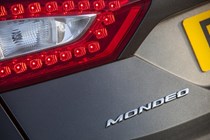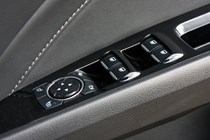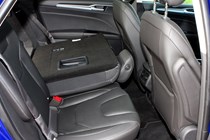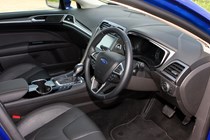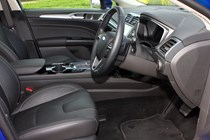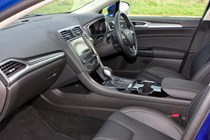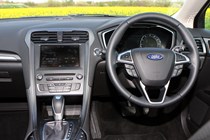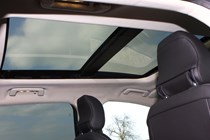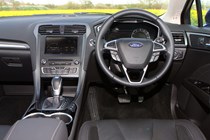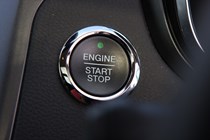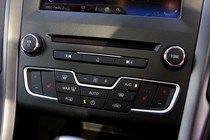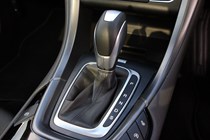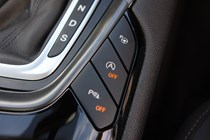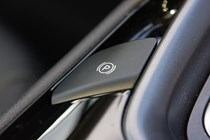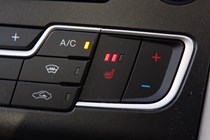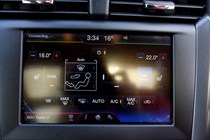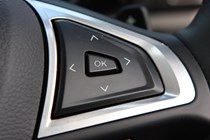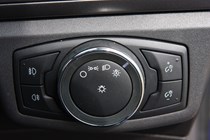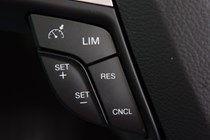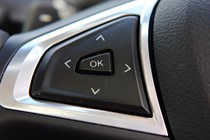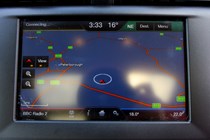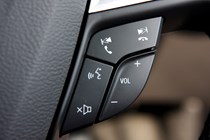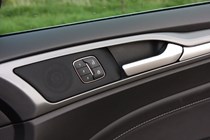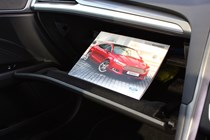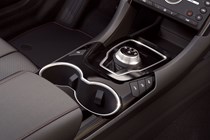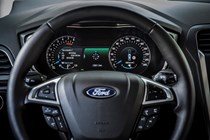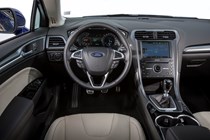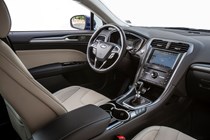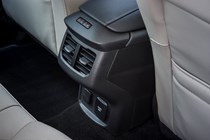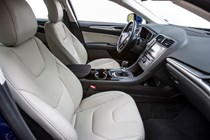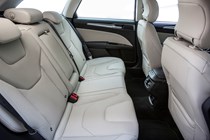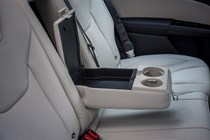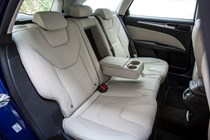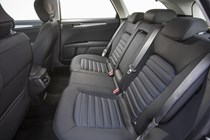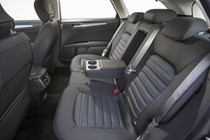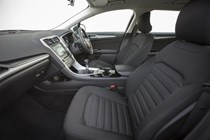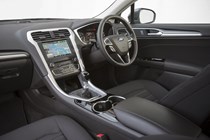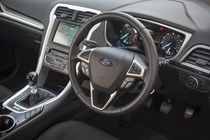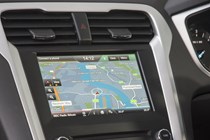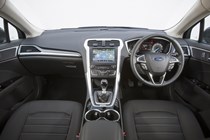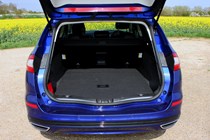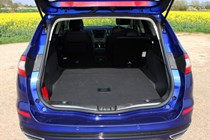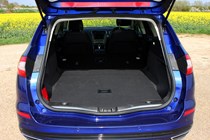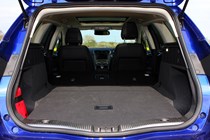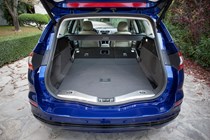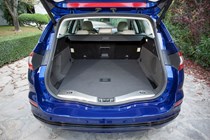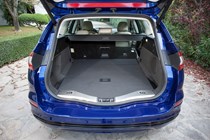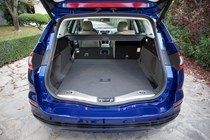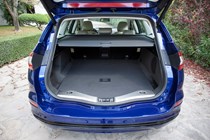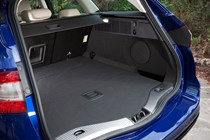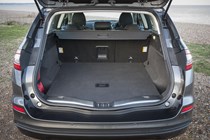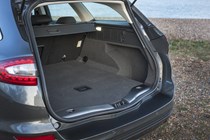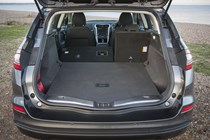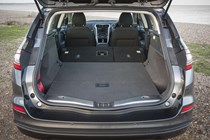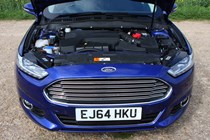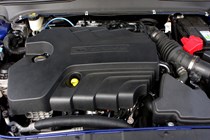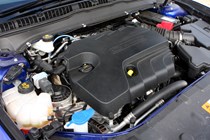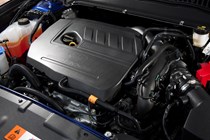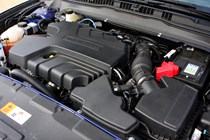Ford Mondeo Estate (2014-2022) engines, drive and performance
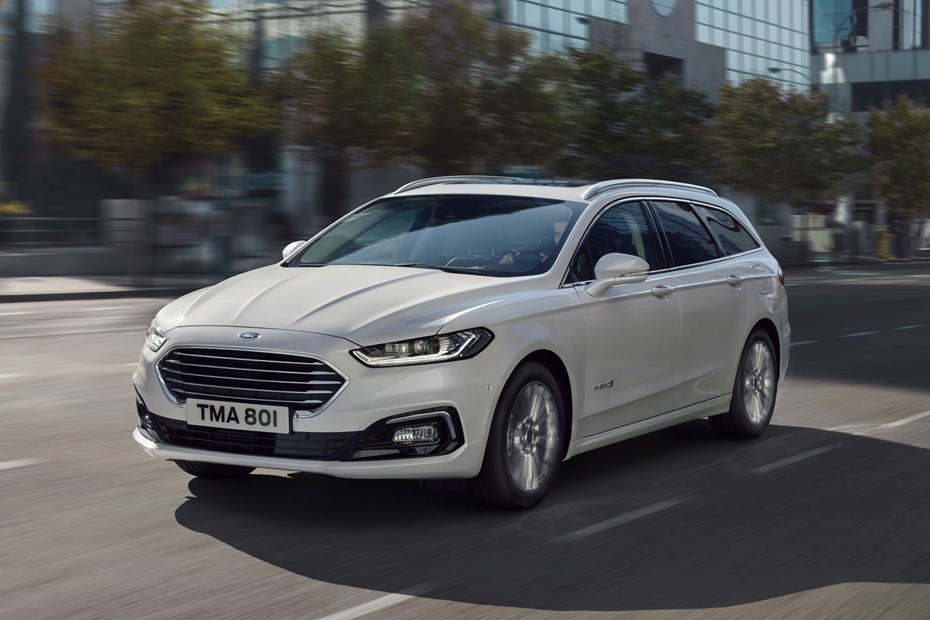
- Good selection of petrol and diesel engines
- 1.0-litre might be a little small for a car this big
- Hybrid coming in 2019 as part of mid-life facelift
There’s a range of turbocharged petrol and diesel motors under the bonnet but they’re designed to offer overall efficiency rather than boost the Ford Mondeo Estate’s performance above its rivals.
Ford Mondeo Estate: from launch, a trio of diesels
Entry point is the 1.6-litre TDCi producing 115hp and 270Nm from a usefully low 1,750rpm. It’s the slowest member of the Mondeo family with a top speed of 116mph and completing the 0-62mph acceleration test in a pedestrian 12.3 seconds, but it’s also the most efficient with claims of 74.3mpg and CO2 emissions of 99g/km.
The most popular choice was the 150hp 2.0-litre TDCi, with manual transmission. It has 350Nm of torque from 2,000rpm and examples fitted with the Econetic fuel-saving features are claimed to deliver 67.3mpg and CO2 emissions of 109g/km. It’s quicker too with a 130mph top speed and a 0-62mph time of 9.5 seconds.
You could opt for the six-speed Powershift automatic with this engine but performance is inferior (129mph, 0-62mph in 10 seconds) and so’s efficiency (57.6mpg and 128g/km CO2).
Go for the Titanium trim Mondeo estate and the 2.0-litre diesel was also available in 180hp and 400Nm form. Efficiency drops to 62.8mpg and 117g/km with the manual gearbox (the automatic’s figures are identical to the 150hp version), but performance benefits to the tune of 137mph and 8.4 seconds for the 0-62mph sprint (134mph and 8.7 seconds for the PowerShift auto). It’s quiet and refined, suiting the Mondeo’s character well, with enough urgency when you need it for safe overtaking.
Spring 2015 saw the diesel range grow with a 120hp 1.5-litre TDCi, a 210hp version of the 2.0-litre engine and four-wheel drive versions of the existing 150hp and 180hp motors joining the Mondeo Estate range.
Ford Mondeo Estate: petrol pairing from launch
If you want a petrol engine in your Mondeo Estate you’ll need to go for at least a Zetec specification and that will be to access the 160hp 1.5-litre EcoBoost. It’s a smooth engine but one where you need to change gear frequently on the six-speed manual to make the most of the 240Nm of torque on offer. Top speed is 135mph and the 0-62mph acceleration time is clocked at 9.3 seconds, so it performs adequately. Ford claims efficiency figures of 47.9mpg and 137g/km of CO2.
Should you wish there’s a six-speed automatic gearbox option too, that sees top speed fall slightly to 130mph, with a tenth of a second cut from the 0-62mph time. Economy suffers at 43.5mpg, while CO2 emissions climb to 152g/km.
If you want to get your hands on the fastest Mondeo estate then the 240hp 2.0-litre EcoBoost is the car for you. It comes only in Titanium form, with the six-speed automatic transmission as standard. Where legal it will reach 146mph and reach 62mph from a standstill in eight seconds. Unfortunately it’s also the least efficient Mondeo Estate, posting claims of just 37.7mpg and 174g/km of CO2.
As part of the range expansion in spring 2015 a three-cylinder, 1.0-litre, 125hp EcoBoost joined the Mondeo Estate range.
Handling
- Traditionally excellent Ford ride and handling
- Communicative steering and good body control
- Vignale models are less sharp to drive, but comfier
Since the original went on sale at the start of 1993 to replace the Sierra, an engaging driving experience has always marked out the Ford Mondeo Estate’s handling over its rivals, although this has undoubtedly been eroded with each successive generation.
It’s a theme that’s continued with this latest car too: yes it handles with greater agility than the model it replaces, but drivers will feel less engaged behind the wheel.
The key reason appears to be the electric, rather than hydraulic, power steering, which remains accurate and grippy, but ultimately lacking the communicativeness that previous Mondeo drivers would have been to.
It also feels quite light in its weighting, which is fine for weaving the car through narrow urban environments but less satisfying when tackling sweeping bends. You have to corner particularly hard to experience understeer – where the nose pushes wide in corners – but it’s easy to deal with quickly and effectively.
What the Mondeo Estate never does though, despite that lack of steering feel, is make you feel detached from what’s going on, although this is more through the seat than what your hands tell your brain.
While the ride quality is comfortable and well damped – Britain doesn’t get the option of adaptive suspension settings – allowing passengers and luggage to remain unruffled. More severe ridges and ruts in the road are felt in the cabin, but not so badly as to induce complaints. Body control is good too, neither listing like a ship through bends nor floating over a series of undulations.
Even after a series of repeated, heavy applications on twistier roads, the brakes felt fine, offering effective stopping power with little sign of fade. The pedals, as well as the slick-shifting manual gearboxes, are well-weighted too and continue to be pleasant in their action.
If you can live with the fact the latest Mondeo Estate isn’t designed to excite keen drivers as much as older models, you’ll find it a refined, comfortable and composed load-lugger.
The Mondeo Vignale has comfier suspension settings, which again dulls the experience, but the trade-off is that it’s the most cossetting Mondeo you can buy.


